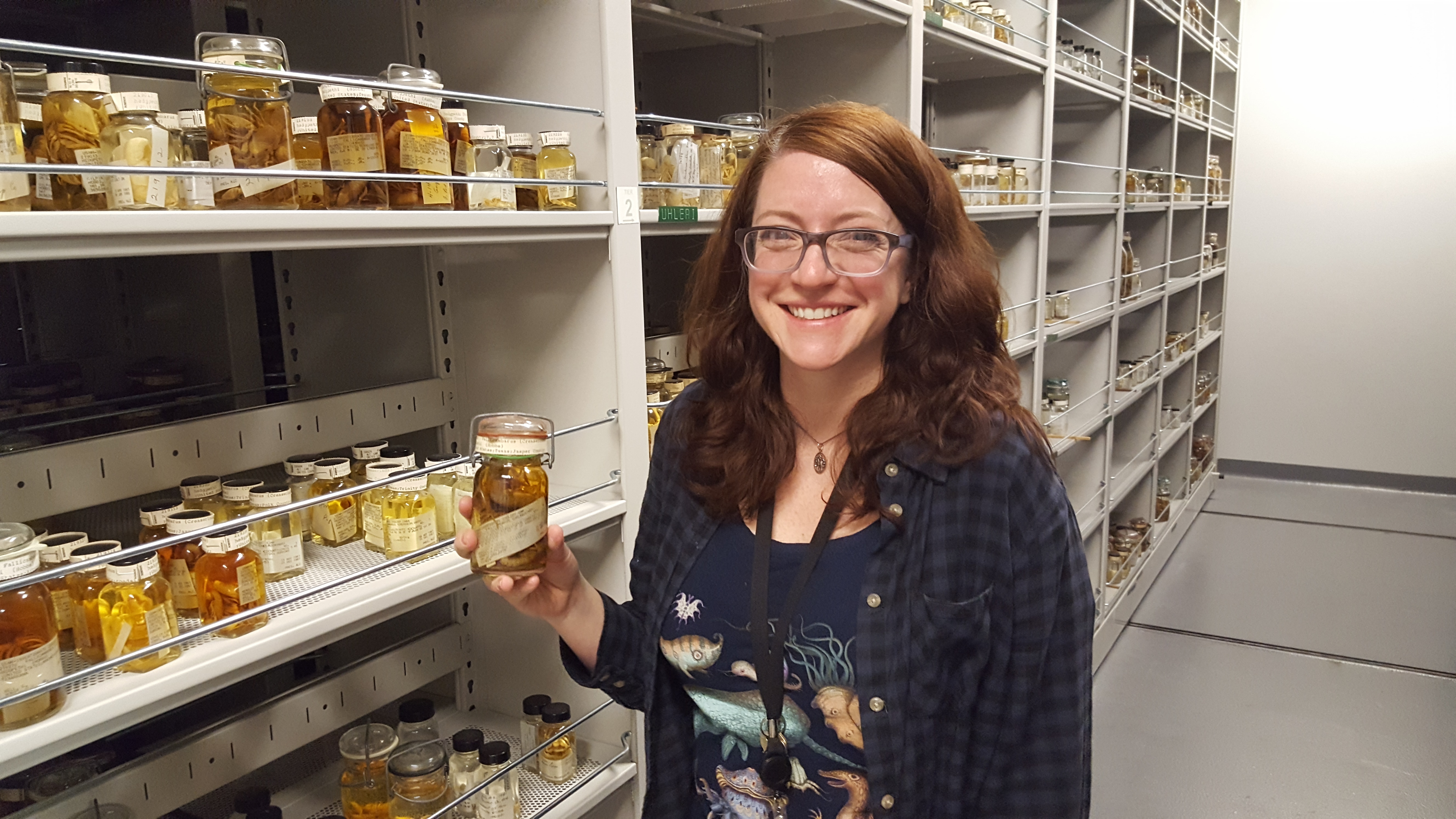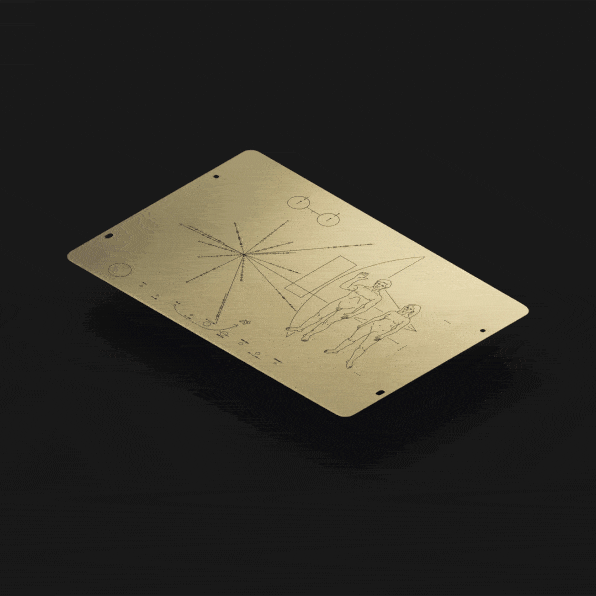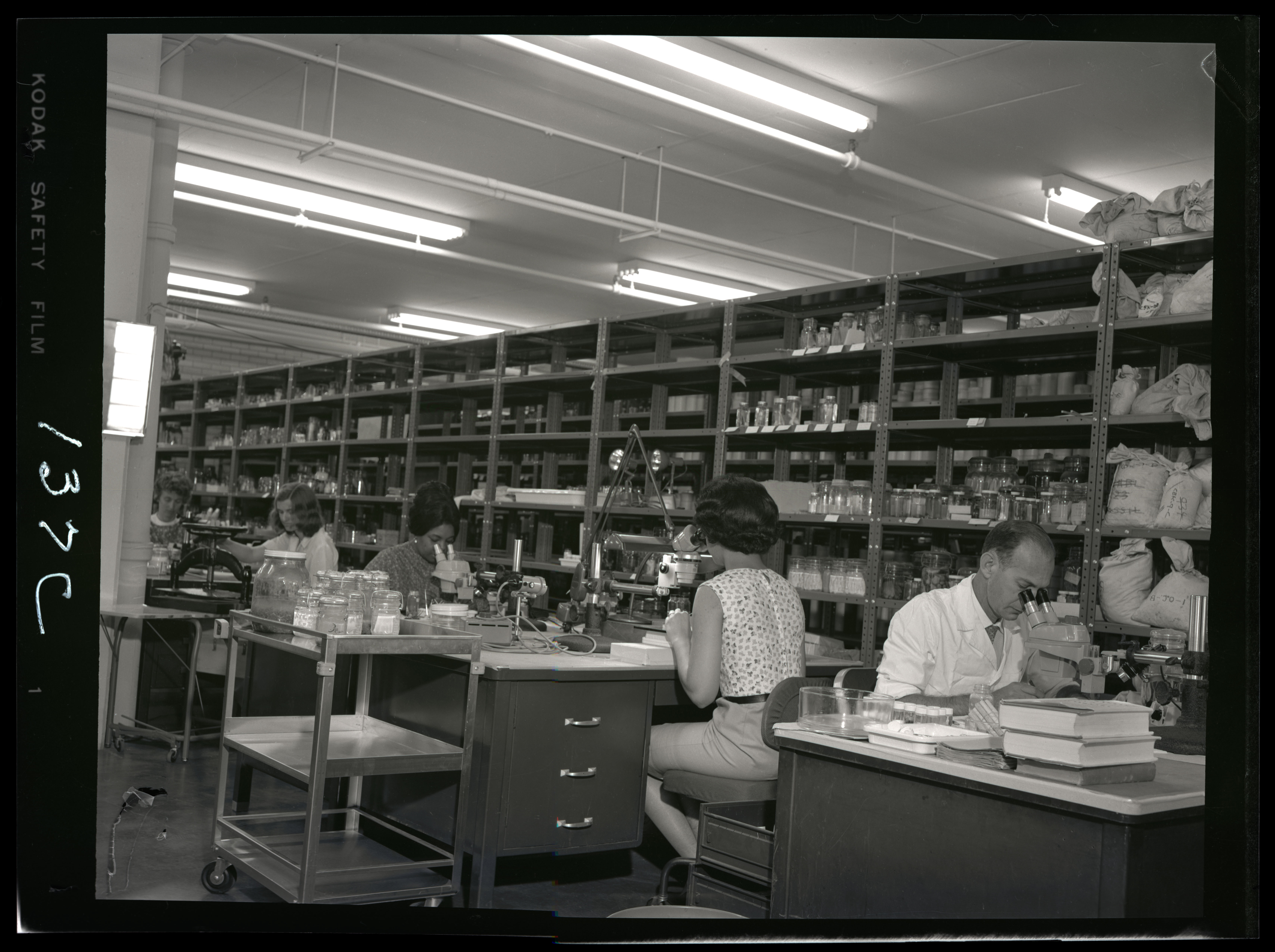Results for "Museums -- Automatic data processing"
Dr. Donald Fleming Squires (1927-2017)
- Date: February 13, 2018
- Description: [edan-image:id=siris_sic_14492,size=500,center]Dr. Squires was a pioneer in the application of computer technology in science museums and the founding father of data processing at the Smithsonian’s National Museum of Natural History (NMNH). He died on his 90th birthday, December 19, 2017 in Tasmania, Australia, after a short illness. Squires received an B.A. from Cornell
- Blog Post
Making Sense of Data That’s Linked and Open
- Date: June 23, 2011
- Creator: Effie Kapsalis
- Description: If you are a regular reader, or someone who works for a museum, library, or archive, you intimately understand the difficulty in managing big collections. If you’re not in this world, you do understand how hard it is to manage family photographs, a collection of email love letters, or the folder tucked in the bottom of your closet with old college papers. When you multiply
- Blog Post
See Here: 4/27/2018
- Date: April 27, 2018
- Creator: Kira M. Sobers
- Description: "See Here: a weekly photo feature showcasing images from the collections of the Smithsonian Institution Archives."

The History of Email at the Smithsonian
- Date: July 21, 2015
- Description: Many of us read, write and send emails every day, but when did it all start at the Smithsonian? In 1980 Smithsonian staff had typewriters and telephones on their desk, with one or two FAX machines per office. The Smithsonian operated a single general purpose computer, the Honeywell mainframe, for all Smithsonian data processing applications and which did not include an email

Fatherhood in the field: Horton Hobbs aka “Crawdaddy”
- Date: June 19, 2016
- Description: Horton H. Hobbs Jr. and his work in the field with his son, Horton H. Hobbs III.
- Blog Post
Link Love: 12/3/2010
- Date: December 3, 2010
- Creator: Catherine Shteynberg
- Description: [caption id="" align="aligncenter" width="311" caption="IC 4970 and NGC 6872: Galaxy Collision Switches on Black Hole, X-ray: NASA/CXC/SAO/M.Machacek; Optical: ESO/VLT; Infrared: NASA/JPL/Caltech."][/caption] I’m sure you’re familiar with beauties, like the one above, from the Chandra X-ray Observatory. Well, apparently, with “a basic understanding of astronomy data & image

Three Cheers for Embedded Metadata
- Date: February 28, 2012
- Creator: Lynda Schmitz Fuhrig
- Description: Metadata is a helpful tool. When you have embedded metadata, all the better when trying to figure out what something might be.

How I Spent My Summer: Interning as a Virtual Web Archivist
- Date: August 4, 2022
- Description: Virtually join along with me on my web and social media archiving adventure using web archiving services, such as Archive-It.

How Computers Took Off at the National Air and Space Museum: 1980-1981
- Date: December 1, 2016
- Description: A look at a survey of computer usage at the National Air and Space Museum in 1980.

Highlights from the 2018 Society of American Archivists Conference
- Date: September 11, 2018
- Creator: Kira M. Sobers
- Description: Here is a look at some of the most interesting presentations Archives staff attended at this year's Society of American Archivists conference.

Link Love: 5/19/2017
- Date: May 19, 2017
- Creator: Effie Kapsalis
- Description: An early infographic explaining Earth in case of chance alien encounters, from 1972! [via Co.Design]A peek at the the 1st weather dataset collected by the Smithsonian in the late 19th century, and what it means about archival practices around data. [via Process History]How Chuck Berry's bright red Cadillac almost didn't make it to the Smithsonian's National Museum of African

Smithsonian Oceanographic Sorting Center (SOSC)
- Date: February 10, 2022
- Creator: Marguerite Roby
- Description: Learn more about the Smithsonian Oceanographic Sorting Center and the impact this unit had in the study of marine science worldwide.
